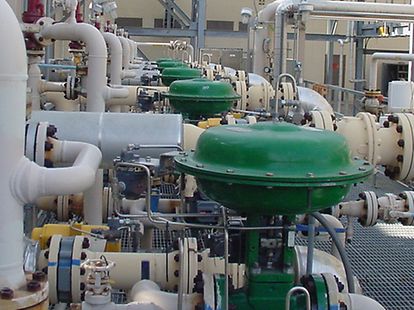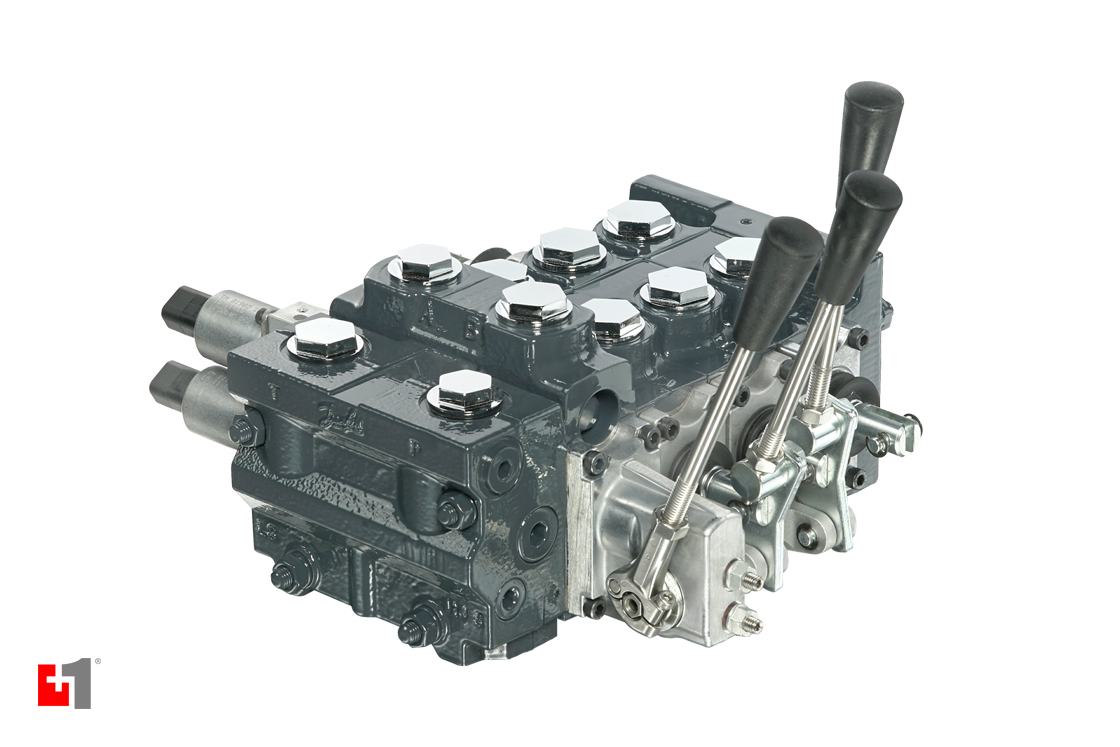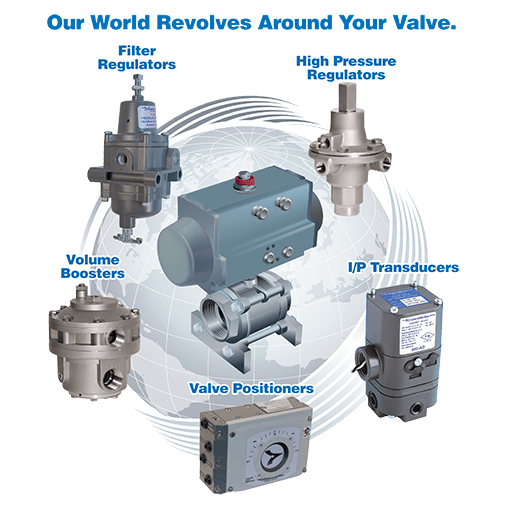Cutting-edge Control Valves: Enhancing Precision and Reliability
Wiki Article

Maximize Energy Savings and Comfort With Advanced Building Automation Controls
In the realm of contemporary style and center management, the integration of sophisticated building automation manages stands as a pivotal innovation. By using the power of automation, structures can adjust, respond, and advance in methods that were when unimaginable.Power Performance Perks
Power efficiency advantages can dramatically decrease energy intake and functional costs in buildings. By implementing energy-efficient techniques and technologies, building owners and drivers can accomplish significant savings while likewise adding to environmental sustainability. One of the main benefits of boosting power effectiveness in buildings is the reduction of energy costs. Energy-efficient systems, such as advanced building automation controls, can optimize the usage of resources like heating, lighting, and cooling, bring about reduced energy costs gradually.In addition, improved energy efficiency can lengthen the life expectancy of building tools and systems. By operating more efficiently, a/c systems, lighting components, and various other structure parts experience much less damage, leading to reduced upkeep and replacement prices. Furthermore, energy-efficient structures frequently regulate higher residential property values and rental rates, giving long-lasting economic benefits to owners.
Furthermore, energy efficiency can enhance occupant convenience and performance. Properly regulated interior atmospheres with ideal lighting and thermal problems create a more pleasurable and conducive work space, bring about improved employee satisfaction and efficiency. Overall, the power efficiency advantages connected with sophisticated structure automation controls are multifaceted, including cost financial savings, environmental stewardship, and owner well-being.
Improved Convenience Control
Enhancing convenience control in building atmospheres requires a sophisticated assimilation of advanced automation systems for optimal owner health. By utilizing sophisticated structure automation controls, facilities can tailor the interior setting to meet the certain requirements and choices of owners. control valves.By incorporating these advanced controls, structures can not only boost convenience but additionally enhance power efficiency by maximizing system operations based on actual tenancy and usage patterns. Eventually, prioritizing owner convenience through advanced automation systems leads to an extra pleasurable and much healthier indoor environment.
Functional Effectiveness Improvements

In addition, the implementation of real-time monitoring and analytics devices allows building drivers to identify power inadequacies and operational abnormalities quickly. By continually checking energy usage patterns and system performance metrics, modifications can be made in real-time to enhance energy intake and make certain peak functional effectiveness. control valves. In addition, including need feedback approaches into building automation controls can even more enhance operational effectiveness by dynamically changing energy usage based upon grid conditions and pricing signals
Indoor Environment Optimization
Effective indoor climate optimization is a basic facet of structure automation controls, ensuring occupants' comfort and health while taking full advantage of energy financial savings. By making use of advanced sensing units and controls, building automation systems can continuously readjust and keep track of temperature, humidity degrees, air high quality, and air flow to produce an optimum indoor atmosphere. Preserving regular and comfy conditions not only boosts owner fulfillment yet likewise increases performance and total wellness.Interior climate optimization additionally plays a vital role in power effectiveness. By fine-tuning cooling, ventilation, and heating systems based on real-time information and tenancy patterns, building automation controls can considerably reduce energy usage - control valves. Carrying out strategies such as demand-controlled ventilation and thermal zoning can assist decrease energy waste while guaranteeing that each area check this site out of the structure obtains the essential conditioning.

Sustainable Setting Creation
Structure automation controls not just enhance indoor environment problems for power efficiency and resident convenience but likewise lay the foundation for creating a sustainable atmosphere through tactical monitoring of sources and systems. By incorporating sophisticated structure automation modern technologies, such as sensors, actuators, and intelligent software program, centers can monitor and change energy use in real-time to reduce waste and minimize their carbon footprint. These systems make it possible for predictive upkeep, recognizing potential problems prior to they intensify and enhancing devices efficiency to boost long life and efficiency.Additionally, sustainable atmosphere production expands past energy monitoring to include water conservation, waste reduction, and indoor air high quality renovation. Structure automation controls can manage water use, identify leaks, and guarantee proper garbage disposal techniques, adding to general sustainability efforts. Additionally, by keeping an eye have a peek at this website on and regulating air flow and purification systems, these modern technologies boost resident health and performance while reducing energy usage related to heating and cooling operations.
Verdict
To conclude, progressed building automation controls offer substantial advantages in terms of energy cost savings, comfort control, operational performance, interior climate optimization, and developing a lasting environment. By executing these controls, buildings can attain optimum performance while minimizing power intake and improving owner comfort. It is apparent that using sophisticated automation modern technology is important in improving structure performance and creating a more sustainable future.Energy performance benefits can significantly decrease energy usage and operational costs in buildings. Overall, the energy performance advantages linked with advanced building automation controls are complex, including expense savings, environmental stewardship, and owner health.
Additionally, integrating need response methods right into building automation controls can even more enhance operational performance by dynamically readjusting power use based on grid conditions and prices signals.
Structure automation regulates not just optimize indoor environment problems for power performance and resident convenience yet additionally lay the foundation for creating a sustainable setting through critical management of sources and systems.In conclusion, advanced structure automation regulates deal significant advantages in terms of power savings, comfort control, operational performance, indoor environment optimization, and producing a sustainable environment.
Report this wiki page